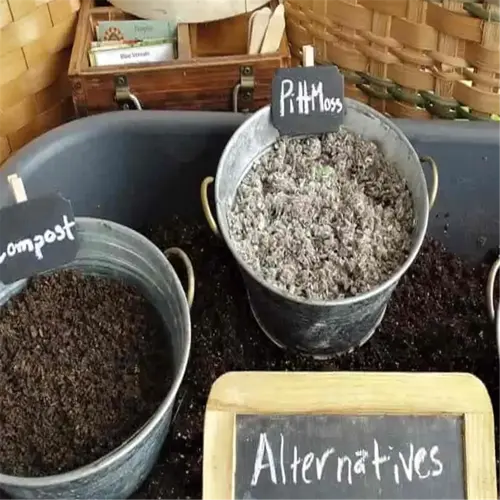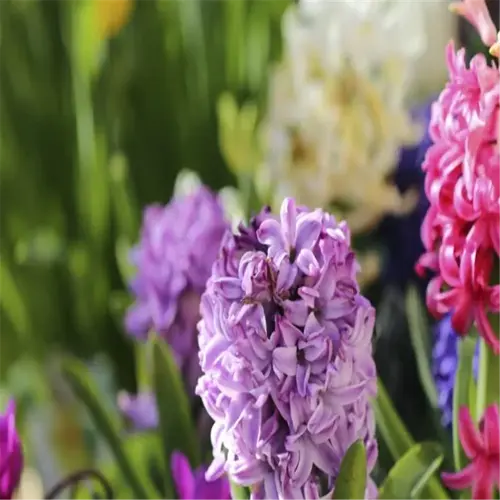Do all plants need frost protection?

Written by
Paul Reynolds
Reviewed by
Prof. Martin Thorne, Ph.D.Most plants do not require frost protection, but mistakes can result in complete crop loss. For example, a tropical plant like hibiscus will show leaf damage at about 40°F (4°C), while a cold-tolerant plant like kale can survive temperatures as low as 20°F (-7°C). On a surprise night several years ago, I lost a mature mandevilla vine when the temperature dropped to 38°F (3°C), which made me vow to protect plants with a known frost sensitivity first.
Must-Protect Plants
- Tropicals: Use moving blankets + 60W bulb heat
- Seedlings: Deploy cloches with 2-inch vent holes
- Fruiting veggies: Install floating row covers
- Potted plants: Shift indoors below 40°F (4°C)
Frost-Resistant Plants
- Evergreens: No cover needed above 15°F (-9°C)
- Root veggies: Apply 6-inch straw mulch only
- Winter greens: Use minimal vented covers
- Native perennials: Rely on natural hardening
Microclimates change the protection needed from the cold. A potted lemon tree can survive a 30°F (-1°C) night on my south-facing patio, but mine must be wrapped if I move it anywhere else. Desert gardeners might protect their succulents at 40°F (4°C), while growers on the coast might feel comfortable at 55°F (13°C). Consider tracking the cold zones of your garden by using wireless thermometers that allow you to place sensors in the locations you would like to monitor.
Each region has its specific practices. Gardeners in Minnesota can "plant" rose bushes by burying the bush crown under small piles of soil. Florida growers use Christmas lights strung through the branches of citrus trees. I will use anti-transpirant sprays on flowering camellia plants when there is a risk of frost after they have broken buds. Feel free to adapt these methods by using the guidelines from your local extension office for best practices.
Read the full article: 12 Ways to Protect Plants from Frost: Expert Tips

